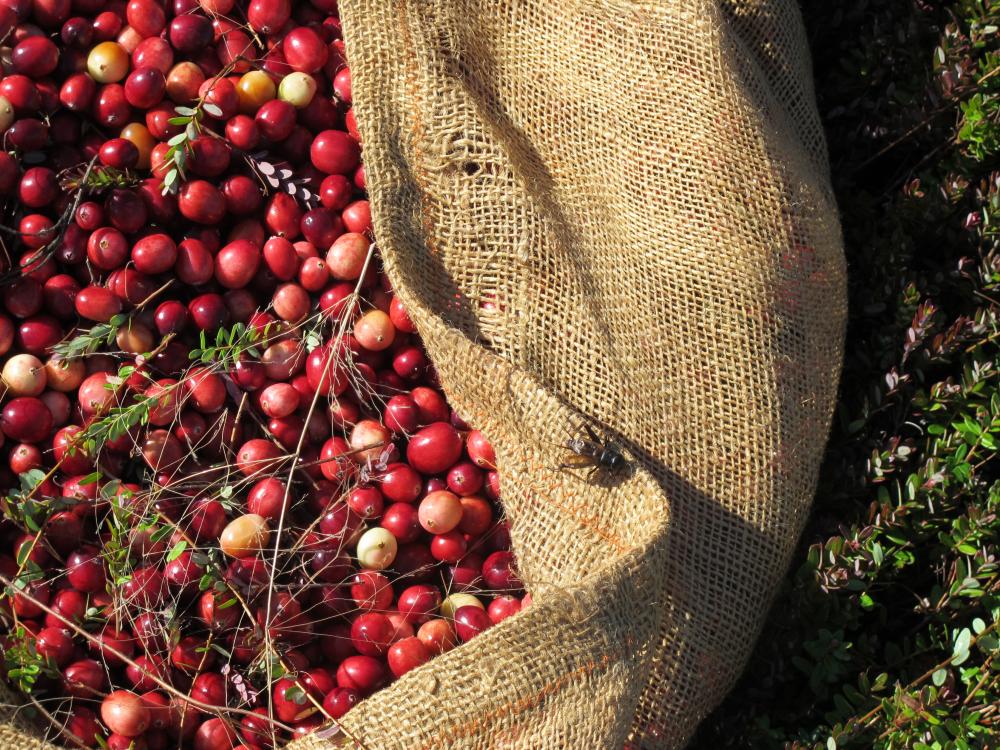Weather can make or break South Coast cranberry crop
The unpredictable and often site-specific New England weather can make a hail of a difference in the success of cranberry crops.
A hail storm earlier in the month could dampen the previously rosy outlook for the Wareham area cranberry outlook, said Linda Burke, vice president of marketing and communication for A.D. Makepeace in Wareham.
Harvesting begins in later September, Burke noted, so “it will be a while before we know for sure.’’
But hail is “something we worry about,’’ she said. Hail causes berries at the top of the blooms to “get slammed,’’ which she compared to the hood of a car being forcefully closed.
This can create “a challenge to recover,’’ she said. “They had expected a larger harvest before but now it’s hard to tell.’’
Still, other conditions are more favorable, she said. The cool nights in mid-August helped them turn “bright red’’ earlier than usual, which is good news at Ocean Spray, the nationally known Middleboro company that purchases and processes the berries.
The hail that may harm the Wareham harvest bypassed the bogs owned by Woody and Walter Hartley, just a few miles away in Rochester.
Missing the hail was good news, Woody Hartley said, because that icy precipitation “bruises the berries.’’
He predicts a “better than average crop’’ this year, although he cautions “you never know til it’s in the truck.’’
This year’s “good amount of rain’’ mixed with “nice sunny days’’ should bode well for this crops.
Weather in general, and climate change in particular, can make successful cranberry growing “more and more difficult,’’ he said.
Warmer, less icy winters make the growing season longer, he noted, with the season that once began May 1 and ended Oct. 30 now stretched to a start date of April 15 and Nov. 20.
Longer growing seasons are less than ideal, he said, because the lengthier time the berries are growing “the more time there is for bad things to happen.’’
Like hail, for example.















